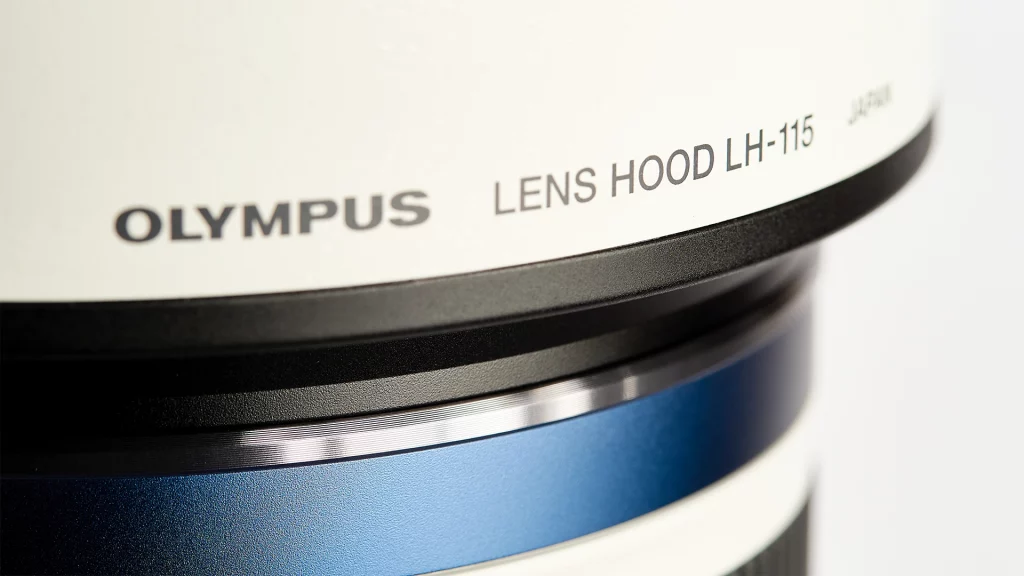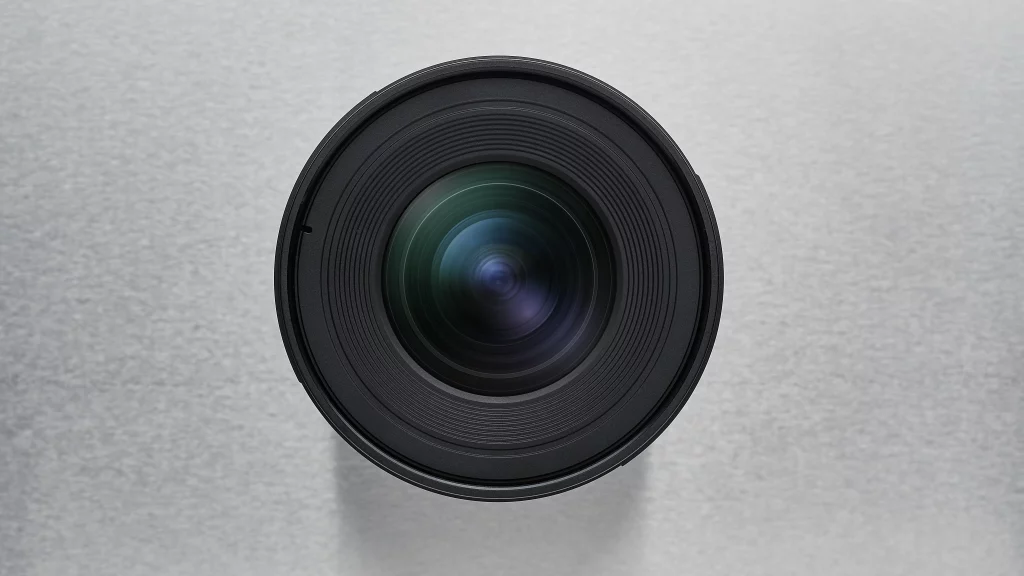In summer Olympus introduced the M.Zuiko Digital ED 100-400mm F5-6.3 IS and I had the opportunity to use it. After I made the first images, I have been very impressed by the image quality. Even though it is “only” a standard lens and not out of the Pro category image quality is on a very high level. Autofocus speed and accuracy is superb. Technical Details you can find on many websites, therefore I would like to skip them here. I intend to share the experiences I made with the lens.
Speed
With a starting F value of 5-6.3, the lens is not the fastest. In case of bad light, you have to increase sensitivity in the camera. Together with the E-M1 Mark III results are satisfying up to ISO 6400. In case you don’t have to shoot fast-moving objects in bad light conditions the lens is more than usable. Compared to faster lenses, which are more expensive and heavier, you will have only disadvantages in case of bad light conditions.

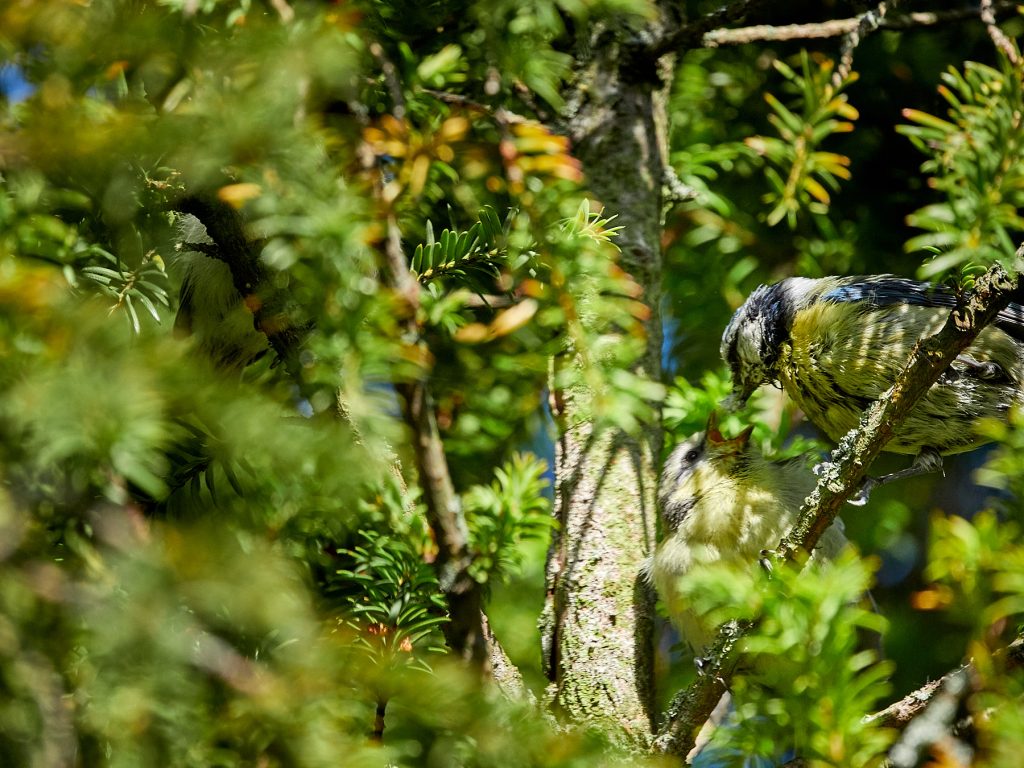
Focal length range
With a focal length range of 100-400mm, it is ideal for wildlife photography and especially bird photography. The angle of view is equivalent to a 200-800mm lens for the 35mm format. Also, the MC-14 and MC-20 teleconverter are compatible. In case you combine it with the MC-20 the equivalent field of view is up to 1600mm. That supports you in shooting images from long distances, which is especially helpful when you are shooting shy animals. Sharpness and resolution in conjunction with the MC-20 and MC-14 are very high. The only disadvantage is that you lose 1 (in case of MC-14) or 2 (in case of MC-20) f-stops light sensitivity. Therefore even more light is needed or you have to increase sensitivity in-camera even more than without converters.

Macro capabilities of the M.Zuiko Digital ED 100-400mm F5-6.3 IS
Besides the outstanding tele lens performance, the lens has also a very short minimum focus distance. Due to that function, the lens can be used also for macro photography. As the shallow depth of field depends also on focus distance this enables you also to separate your objects from the background with nice bokeh. Here some images I made with a short focusing distance.

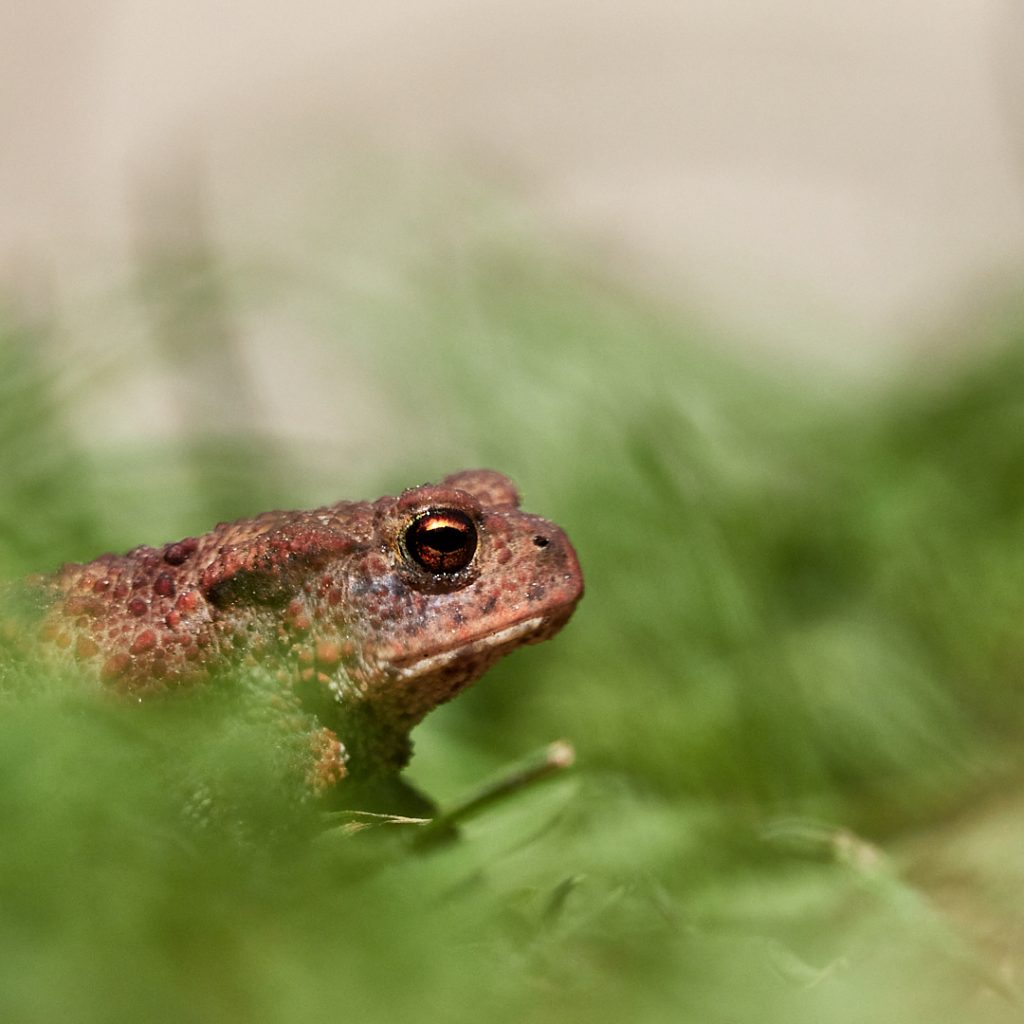

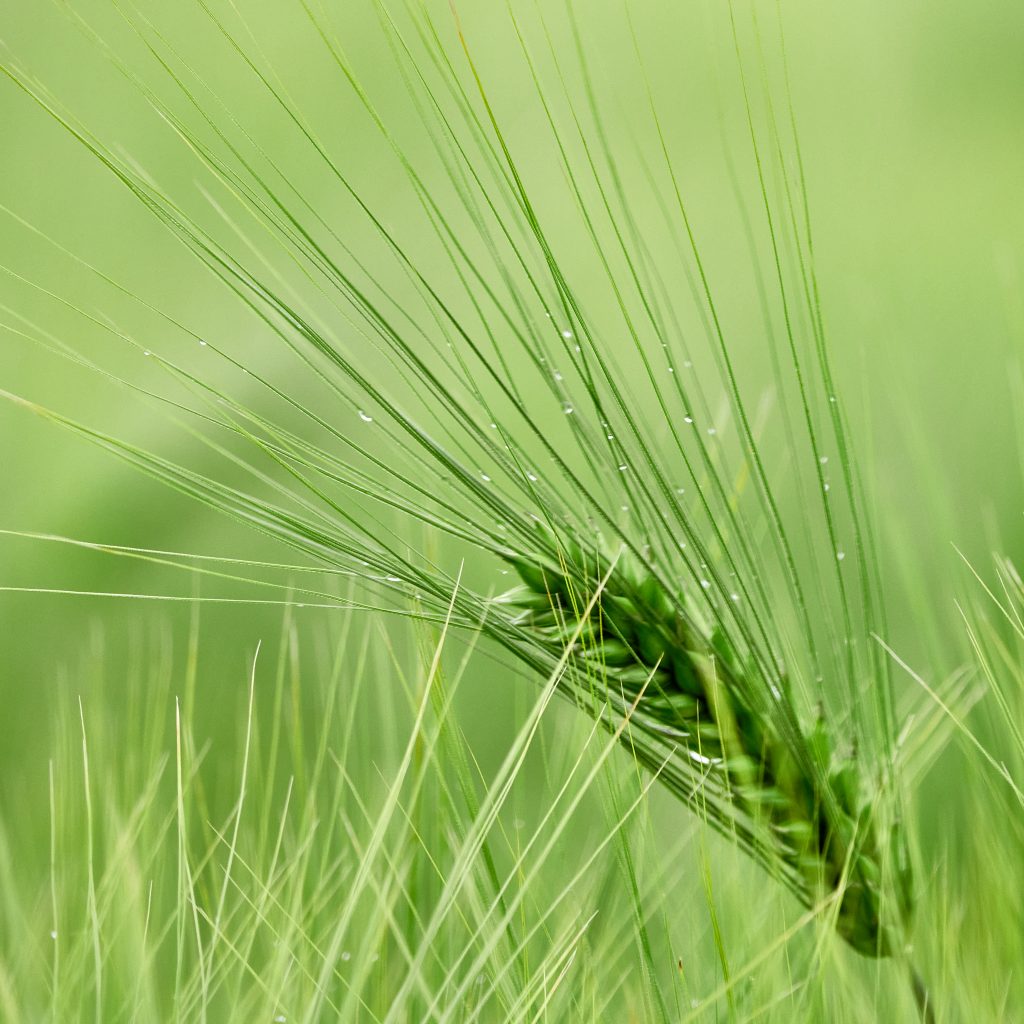
Image stabilisation of the M.Zuiko Digital ED 100-400mm F5-6.3 IS
The lens has. a built-in image stabilization, but it doesn’t support Sync-IS. Therefore the stabilization effect is not that big. However, In case you are using the lens in conjunction with an Olympus camera you get a better image quality when you are using lens and camera stabilization. Then the lens compensates for yaw and pitch movements and the camera is taking care of rotation.
Conclusion
In case you are looking for a long focal length for a fair price the M.Zuiko Digital ED 100-400mm F5-6.3 IS is a perfect fit. The additional macro capabilities and compatibility with the teleconverters the lens offers additional benefit and makes the lens very universal. The only drop of bitterness is the speed of the lens, which makes it difficult to use the lens in bad light conditions. On the other hand, a fast lens is much more expensive.


